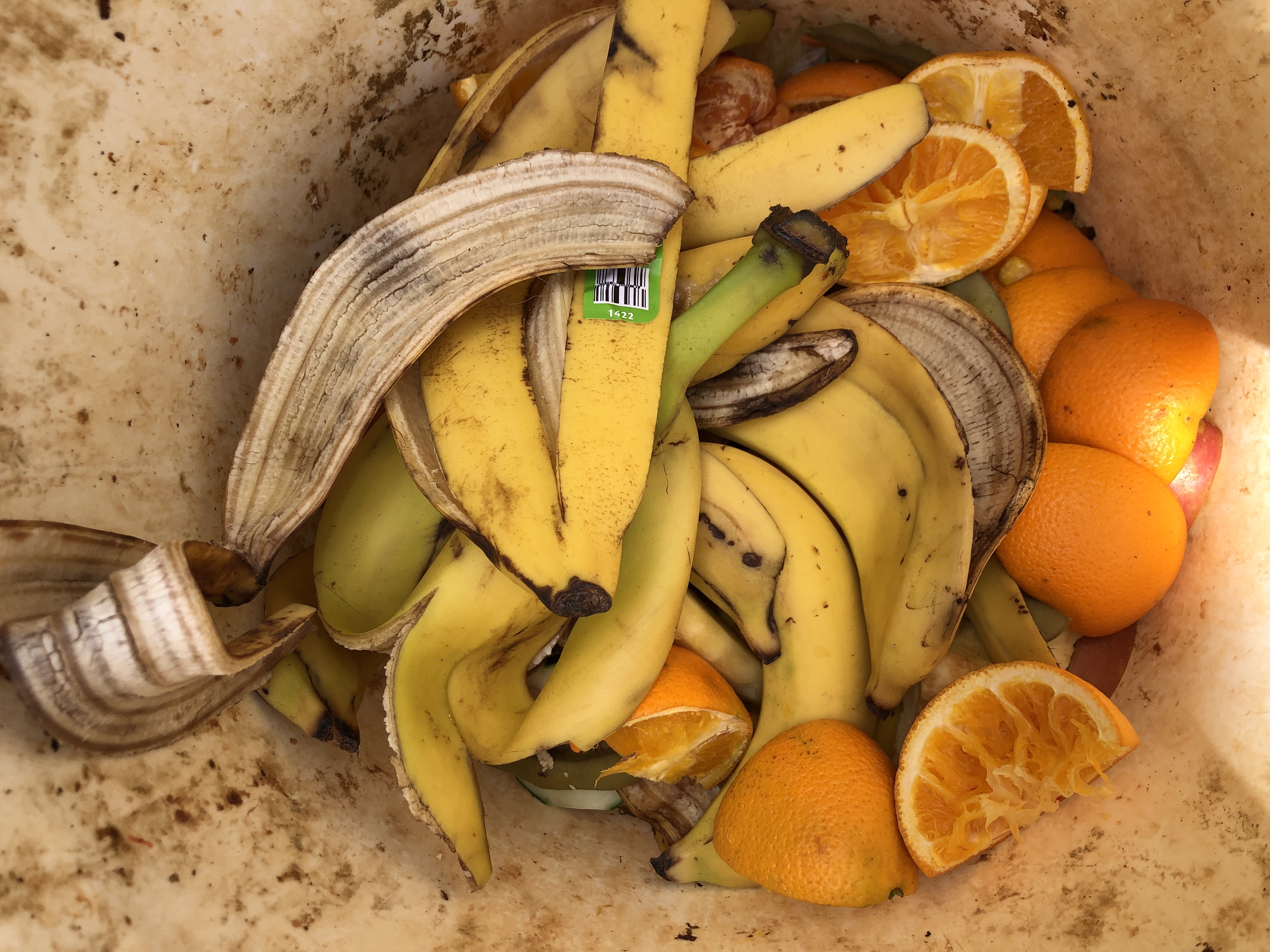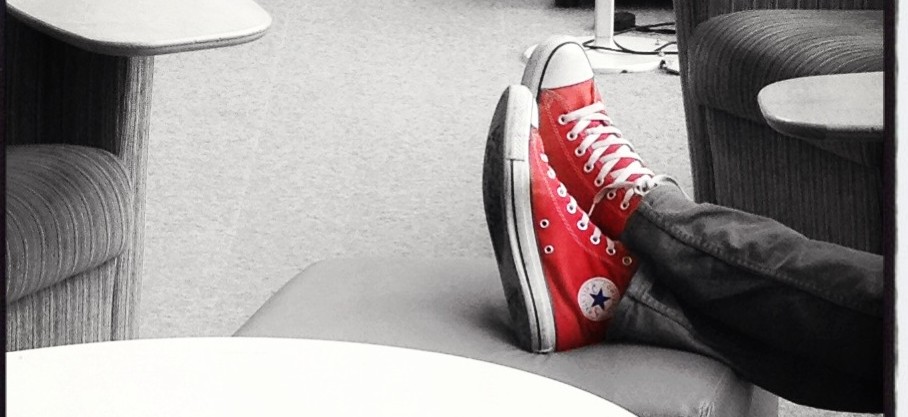During our first Make Cycle of the SDAWP Invitational Summer Institute, we are each answering the question, “What would you hold?” The make requires that we represent the answer to that questions with a photo of something precious held in our hands.
After too much thought and second guessing, here is my photo.

I’m sure that a photo of me holding my camera isn’t surprising to many of you. But I want to press beyond the camera as a tool to make pretty pictures. It isn’t the camera itself that is precious. In fact, sometimes it isn’t even my camera that I use for photography…sometimes my phone works just as well (or even better). But the camera represents a practice that I value. Taking photos encourages me to slow down, to pay attention, to notice the value and beauty in the ordinary…and it gets me writing.
I try to get out with my camera every day: walking, breathing deeply, letting my thoughts roam. With my feet moving and under the influence of fresh air, I can let my worries float away and use my senses to tune into the world outside of my head. I seldom take photos of people, instead I try to capture moments that capture my attention. (The exception would be the many photos I take of my grandsons–none of which I post on social media to protect their privacy.) I often find that the photos I take become metaphors to express ideas I am thinking about.

With my camera I get low, checking out the vantage from the bug’s perspective. I find myself thinking about times when teaching and mothering and living feels like pushing the world up a very steep hill. Images of mythology fill my head and the strains and stresses of the day unkink, letting those tight muscles that run across my shoulders begin to relax.

Out on the playground with my students I get to bring my passions to my students. Photography also helps my students look in new ways, and like it does for me, that looking generates ideas and language for writing. This photo was an example of looking for natural frames for photos–a composition technique I wanted my students to explore.

With camera in hand, I learn…and sometimes I mourn. Regular walks on the beach bring the realities of environmental damage front and center. I see the daily human impact, the excesses of our disposable lifestyle, and get up close and personal with death and destruction. I am forced to pay attention to the lessons nature is teaching and encouraged to learn more as I walk with the rhythms of the tides and the seasons, appreciating the beauty and noticing the destruction.

And I see the power of small children making a difference. Little efforts, like teaching students to compost their leftovers from lunch will help them make the world a better place. (My students thought this photo was gross–but when I explained what it represented to me, they found it more interesting.)

My camera also lets me celebrate life’s pleasures and express my gratitude. My husband is an amazing cook and nurturer. Some days result in food that doubles as works of art!
Mostly, though my camera helps me make space in my life. Space for observation, space for an exploration of the senses, space for listening and learning, and space for making and creativity. It gets me outside and keeps me moving. It helps me connect with others–in person and online. It reminds me to play, to take action, and to appreciate all that life has to offer.


























